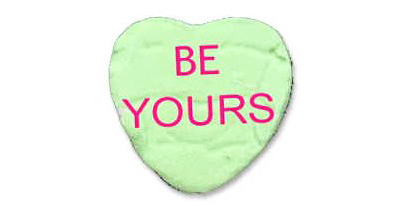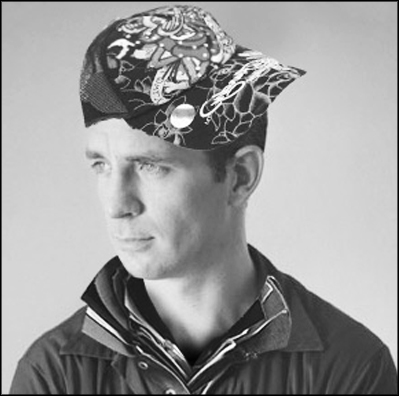BTC: Happy Quirkyalone Day!
Wiki defines “Quirkyalone” as “a neologism referring to someone who enjoys being single (but is not opposed to being in a relationship) and generally prefers to be alone rather than dating for the sake of being in a couple.”
How To Be Alone by filmmaker Andrea Dorfman, and poet/singer/songwriter, Tanya Davis.
The term was coined by girlzine badass-turned-magazine maven Sasha Cagen while she was standing with several other single, unsmooched friends on a Brooklyn subway platform on New Year’s Eve back in 1999. “She expanded the concept into an essay in the first issue of her magazine To-Do List. When the article was republished in the Utne Reader in 2000, Cagen was surprised by the fervor of responses from readers who felt their lives had been validated by her work. As a result of these responses, Cagen opted to expand her essay into a 2004 book, titled Quirkyalone: A Manifesto for Uncompromising Romantics.”
The first International Quirkyalone Day was held on February 14 in 2003 as an alternative to Valentine’s Day, and a more genuine, generous “celebration of romance, freedom and individuality” Eight years on, Cagen has this to say:
The saccharine-sweet quality of Valentine’s Day, that fills us with expectation and often tends to make us feel disappointed whether we are single or in a relationship, struck me 8 years when I launched International Quirkyalone Day with parties in four cities. The flagship party was in San Francisco. In our second year, the party got so big the fire marshalls came, but then they wanted to party, too.

IQD is for everyone, because couples as well as singles needed a liberating alternative holiday to celebrate the joys of connection: to yourself, to your mate (if you have one), to friends, family, passions, and so on.
…I take this opportunity to wish all of you the most alive and fresh Quirkyalone Day ever! I invite you to do something new Quirkyalone Day, shake up your world a bit by visiting a new spot in or outside your town, take a class, take a chance and make a new friend (and I don’t mean on Facebook). Rearrange your furniture, try a new recipe, dance alone in your underwear for an hour. At the least, buy yourself some daisies. Chosen for their natural, sunny quality, they are the official flower of the quirkyalone movement.
And above all, love thyself.
Cheers to all you lovely Quirkyalone celebrants out there. Savor this day.











